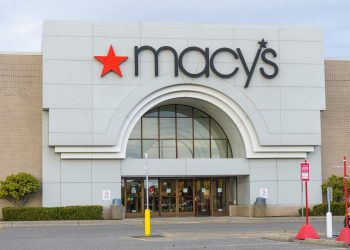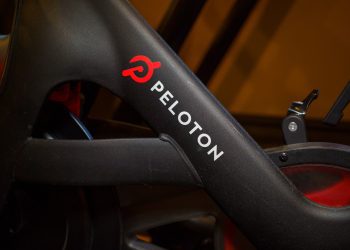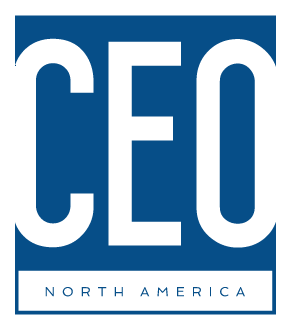Many office workers have been spending a chunk of their paycheck on new clothes lately.
Instead of heading to the suit section of the closest department store, however, they’re looking for something more casual—button-down shirts, blazers, polos—basically a full wardrobe of comfortable, professional-looking attire.
As Americans slowly return to the office, many are adopting a style that’s increasingly being called “workleisure”—a more discerning version of the athleisure apparel many already sport from the gym to the grocery store.
Pants are stretching wider. Tops aren’t tucked in, and ties are optional. Women are gravitating toward skirts and dresses that feel more comfortable than a form-fitting pair of pants. And sneakers—not heels—are the preferred mode of footwear.
That also means where people shop for work clothes is changing. Companies like Lululemon and Athleta stand to benefit as consumers mix athletic-type clothing into their return-to-work wardrobes. Furthermore, brands and department store chains, such as Nordstrom, that are associated with pre-pandemic office wardrobes are pivoting fast to include more casual options among fall merchandise.
Categories of clothing including dresses and shirts, such as polos and tunics, are predicted to grow by double-digits this year over last year, while business suits will only grow about 8%, according to the market research firm Euromonitor.
Last year, at the height of the pandemic, dozens of retail chains filed for bankruptcy protection and thousands of stores were shuttered—including a large number of apparel chains like J.Crew, Brooks Brothers, Men’s Wearhouse owner Tailored Brands and Loft parent Ascena.
“The workwear category is diminishing,” said Erin Schmidt, a senior analyst at Coresight Research, a global advisory and research firm specializing in retail and technology. “It’s not really a category anymore. It used to be a suit Monday through Thursday, and then casual Friday, and these were clearly defined.”
“The consumer today is reinventing what that means” Schmidt said. “The consumer is rewriting that definition of workwear. And it might be a little while for employers to figure this out.”












